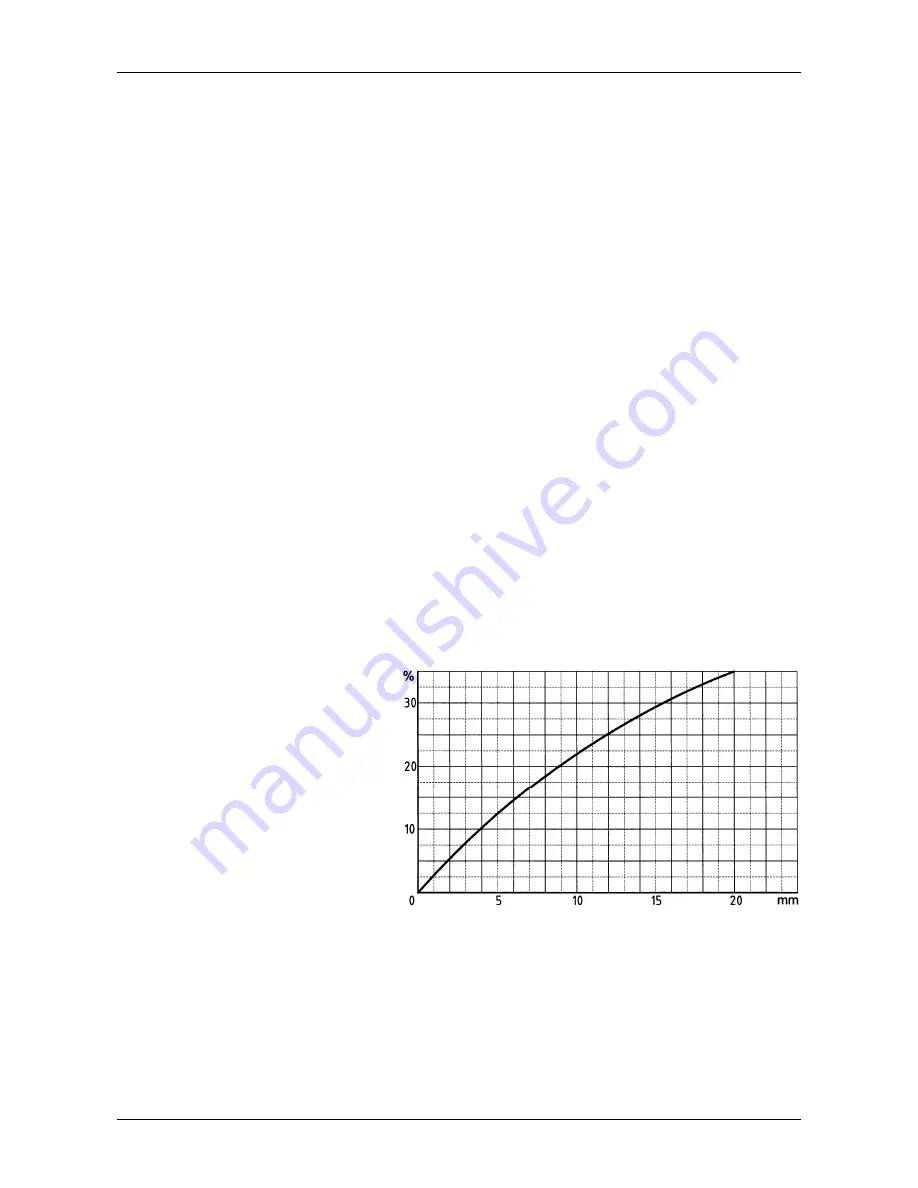
MONOLITE
18
6 STARTING
IMPORTANT: before starting insert the flue gas baffles completely in the flue gas pipes, pushing
them in by at least 100 mm.
6.1 PRELIMINARY
CHECKS
Before starting the boiler, make sure that:
-
The number plate data corresponds to the electrical, water and liquid or gas fuel supply data;
-
The burner rating is compatible with that of the boiler;
-
The burner and boiler instructions are available in the boiler room;
-
The chimney operates correctly;
-
The ventilation openings are adequately dimensioned and free of all obstacles;
-
The door, the combustion chamber and the burner plate are closed so that the boiler is gas tight at all
positions;
-
The system has been filled with water and that any air locks have been eliminated;
-
There is frost protection;
-
The water circulation pumps operate correctly;
-
The expansion tank and the safety valve(s) are correctly connected (with no valves) and operative.
-
Check the electrical system and that the thermostats are operative.
6.2 WATER
TREATMENT
If the boiler is to be installed in an existing system where there could be frequent losses from the
system or if the hardness of the water is greater than 10 F, it will be necessary to use a filter and a
softener for system water and control the pH above 8-9.
The most common phenomena in heating systems are:
-
Furring (calcareous deposits of Calcium Carbonate)
Furring impedes heat exchange between the flue gases and the water, thereby increasing the tempera-
ture of parts exposed to the flame and reducing considerably the boiler life. Furring concentrates where
the boiler wall temperature is higher, and the best defence against this phenomenon is a boiler design
that eliminates high temperature spots.
Furring represents an insulation layer that decreases heat exchange, penalising boiler efficiency. This
means that a large part of the combustion heat is not transferred to the water, but leaves the system via
the chimney.
Calcium Carbonate Diagram
Legend
%
% unused fuel
mm
mm furring
-
Water-side corrosion
Corrosion of metallic boiler surfaces,
waterside, is due to Iron dissolving to
form ions (Fe+). In this process, the
presence of any dissolved gas plays a
major role, in particular oxygen and
carbon dioxide. Often there are corro-
sion phenomena with softened and
demineralised water, which are by their nature aggressive to iron (acid water, that is with pH < 7): in
these cases though clearly there will be no furring, corrosion remains a risk and it will be necessary to
condition the feedwater with corrosion inhibitors.
6.3
FILLING THE SYSTEM
The water must enter the system as slowly as possible, and in proportion to the rate of air purge from the
components involved. In the case of a system with a closed expansion tank, water is injected until the pres-
sure gauge reaches the static pressure for the tank. Then proceed to heat the water to the maximum allowed
plant temperature, but not higher than 90°C. During this operation, the air in the system purges from the
automatic or manual air separators fitted to the system. On completion of the air purge, bring the pressure to
the set value and close the manual and/or automatic water supply valve.
Summary of Contents for MONOLITE JB Series
Page 2: ......
Page 12: ...MONOLITE 10 4 3 1 SEALED HOT WATER HEATING SYSTEM WITH EXPANSION VESSEL Mod 45 125 Mod 160 270...
Page 23: ......





































